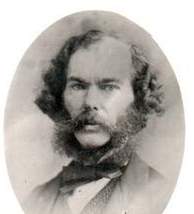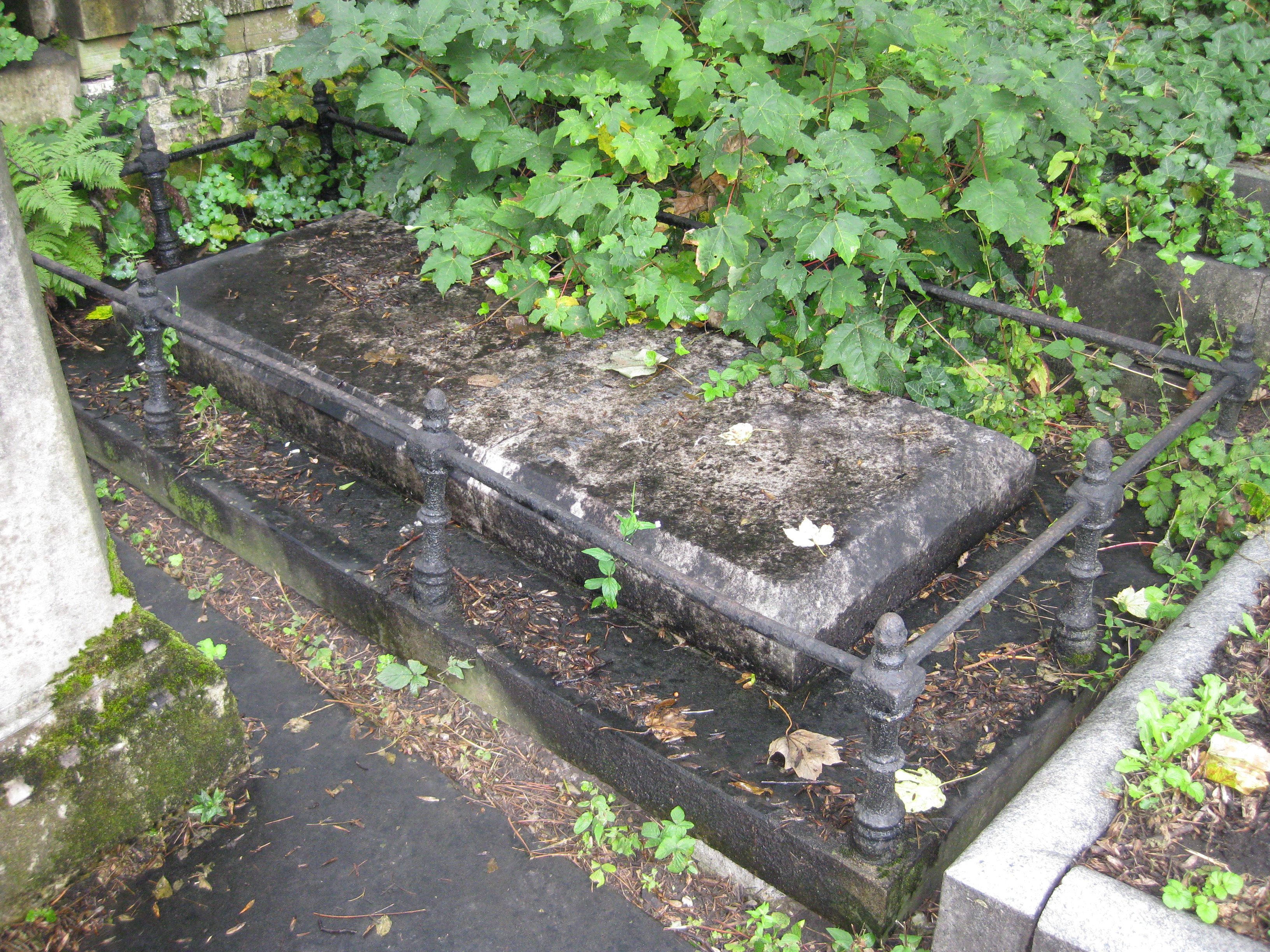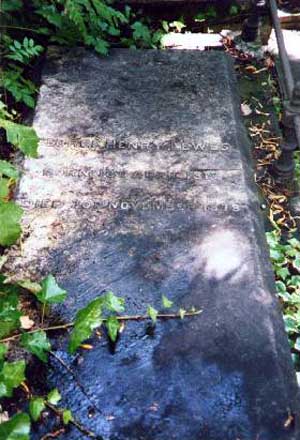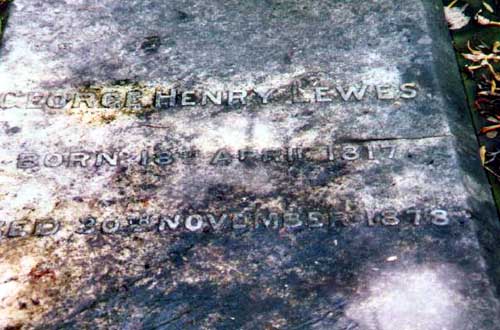Author. He was a prolific writer, publisher, critic, and translator in late Victorian England. He was the illegitimate son of a little-known poet John Lee Lewes, and the grandson of actor Charles Lee Lewes. His father abandoned him at age two. His education was informal or self-taught, but he learned French and studied some medicine before traveling to London to become a journalist. He did make a trip to Germany to study science. His most famous work is the 1855 two-volume piece, "The Life and Mind of Goethe." On February 18, 1841, he married 19-year-old Agnes Jervis, and they had an open marriage. Between 1842 and 1848, the couple had four sons. In 1850, he and his journalism friend, Thornton Leigh Hunt, founded a radical weekly called "The Leader." He wrote the literary and theatrical features for "The Leader," including his 1853 "Comte's Philosophy of the Sciences," which originally appeared as a series of articles. Hunt helped him greatly with his career with society introductions. He left his wife in 1851 after his wife had four more children with Hunt. He was not granted a divorce on the grounds of adultery as he agreed to an open marriage, and he was listed as the father of his wife's fifth child, yet knowing Hunt was the father. Starting in 1854, he gained scandalous fame for being the long-time cohabiting lover of Mary Ann Evans, who was better known as the author "George Eliot." Two of his most noted writings were "Actors and Acting" in 1875 and "The Spanish Drama" in 1846. In 1846, he published the text "Biographical History of Philosophy." His two novels were "Ranthorpe" in 1847 and "Rose, Blanche, and Violet" in 1848. Writing articles on politics and science as well as being a literary critic, he was the editor of "The Fortnightly Review" for one year starting in 1865. From 1875 to 1879, he wrote a five-volume text, "The Problems of Life and Mind." After his death, Evans married but died within seven months. She was buried next to Lewes. They lived together for 25 years.
Author. He was a prolific writer, publisher, critic, and translator in late Victorian England. He was the illegitimate son of a little-known poet John Lee Lewes, and the grandson of actor Charles Lee Lewes. His father abandoned him at age two. His education was informal or self-taught, but he learned French and studied some medicine before traveling to London to become a journalist. He did make a trip to Germany to study science. His most famous work is the 1855 two-volume piece, "The Life and Mind of Goethe." On February 18, 1841, he married 19-year-old Agnes Jervis, and they had an open marriage. Between 1842 and 1848, the couple had four sons. In 1850, he and his journalism friend, Thornton Leigh Hunt, founded a radical weekly called "The Leader." He wrote the literary and theatrical features for "The Leader," including his 1853 "Comte's Philosophy of the Sciences," which originally appeared as a series of articles. Hunt helped him greatly with his career with society introductions. He left his wife in 1851 after his wife had four more children with Hunt. He was not granted a divorce on the grounds of adultery as he agreed to an open marriage, and he was listed as the father of his wife's fifth child, yet knowing Hunt was the father. Starting in 1854, he gained scandalous fame for being the long-time cohabiting lover of Mary Ann Evans, who was better known as the author "George Eliot." Two of his most noted writings were "Actors and Acting" in 1875 and "The Spanish Drama" in 1846. In 1846, he published the text "Biographical History of Philosophy." His two novels were "Ranthorpe" in 1847 and "Rose, Blanche, and Violet" in 1848. Writing articles on politics and science as well as being a literary critic, he was the editor of "The Fortnightly Review" for one year starting in 1865. From 1875 to 1879, he wrote a five-volume text, "The Problems of Life and Mind." After his death, Evans married but died within seven months. She was buried next to Lewes. They lived together for 25 years.
Bio by: Linda Davis
Family Members
Advertisement










